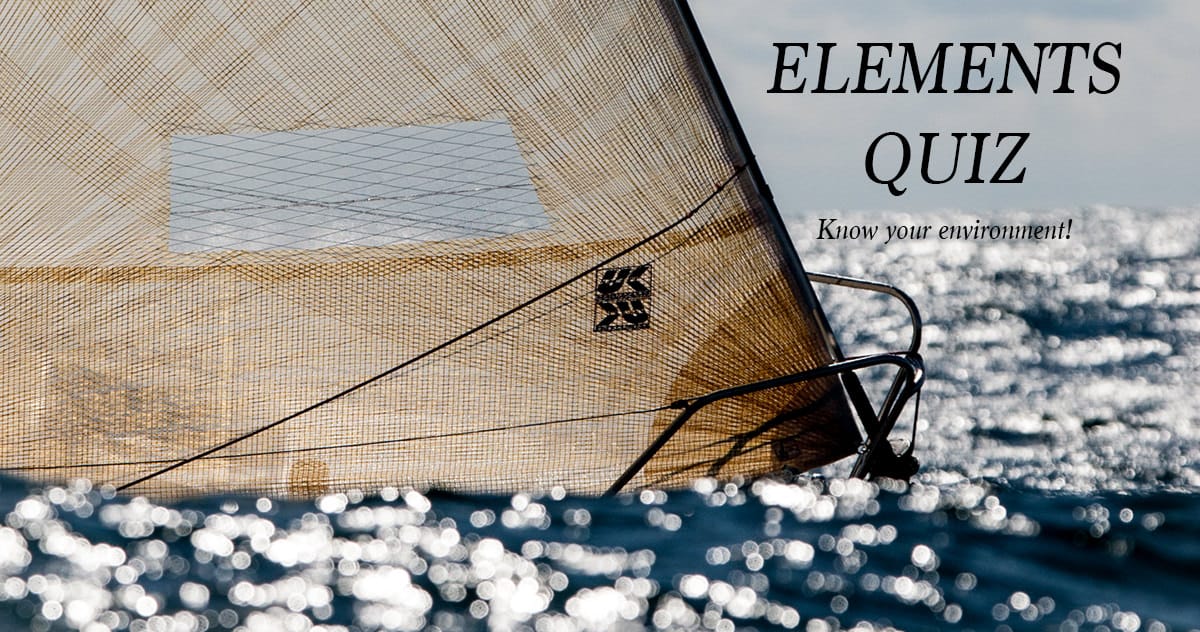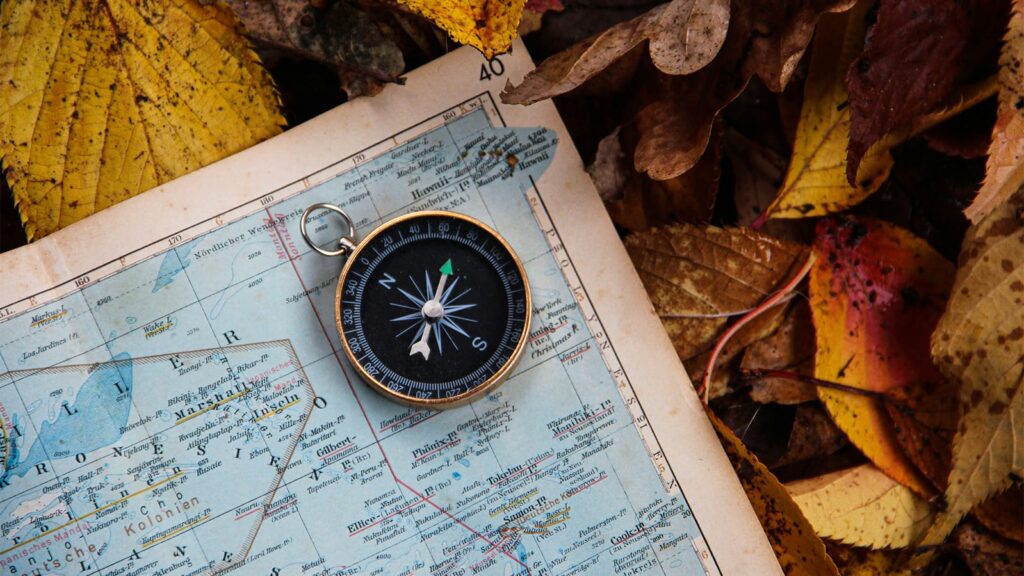We talk a lot about boats, their related systems and the techniques to use them to sail the best we can. However, it’s also very important to have a solid understanding of the elements we all find ourselves in whenever we untie and cast off. Take a crack at this quiz that focuses on just that – tides, fog, currents… that kind of stuff. This quiz is created from the information found in ASA’s 104 Bareboat Cruising Made Easy textbook. Good luck!
- When cold air flows over warm water, what is produced?
- Radiation fog Incorrect – this usually forms over land
- Sea/Advection fog Nope – This is actually the opposite of steam fog
- Steam fog (also known as Sea Smoke) Correct
- Vale fog We made this up
- What are Trade Winds?
- Inconsistent breezes, usually in the four to seven-knot range that you wish you could “trade” for more breeze. That is not right, that’s just a crummy day.
- Winds over 35-knots that would torture sailors on trade routes in the 1800s. Not correct, give it another shot.
- Any consistent wind event that occurred along popular trade routes of the Atlantic Ocean. No, but not a terrible guess.
- Consistent open-ocean 15-knot breezes that occur in the tropics and sub tropics. Sailing ships used them to ply their trade. Yes!
- At what point will a gale warning be issued?
- For forecasted winds of 20-knots sustained. That won’t do it.
- For forecasted winds of 22-28-knots sustained. Nope – not quite a gale, but probably an intense day!
- For forecasted winds of 34-47-knots sustained. You got it!
- For forecasted winds of 52-60-knots sustained. No – that’s more than a gale my friend!
- The period when a tidal current is neither ebbing or flooding is called:
- Axis tide. If there is such a thing, we don’t know it.
- Slack water. Bingo!
- Lunar tide. Nope, sounds right but it is not.
- Balanced tide. Makes sense but not right
- What does a “sea breeze” commonly do?
- A “sea breeze” usually blows offshore at no less than 20-knots. That would be wrong…
- A “sea breeze” will always blow from the north, then revolve to the south. Not a sea breeze, try again.
- A “sea breeze” will usually blow onshore from the same general direction. That is right!
- A “sea breeze” will always blow across the prevailing current. That does not a sea breeze make!
Click on an answer above to start!
[contentblock id=other-quizzes]









